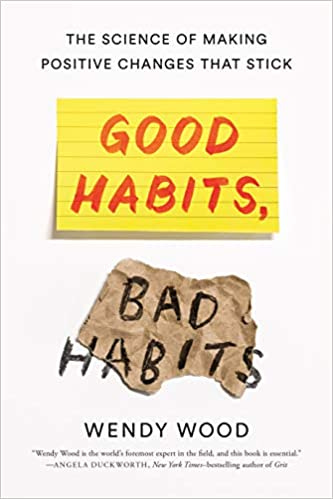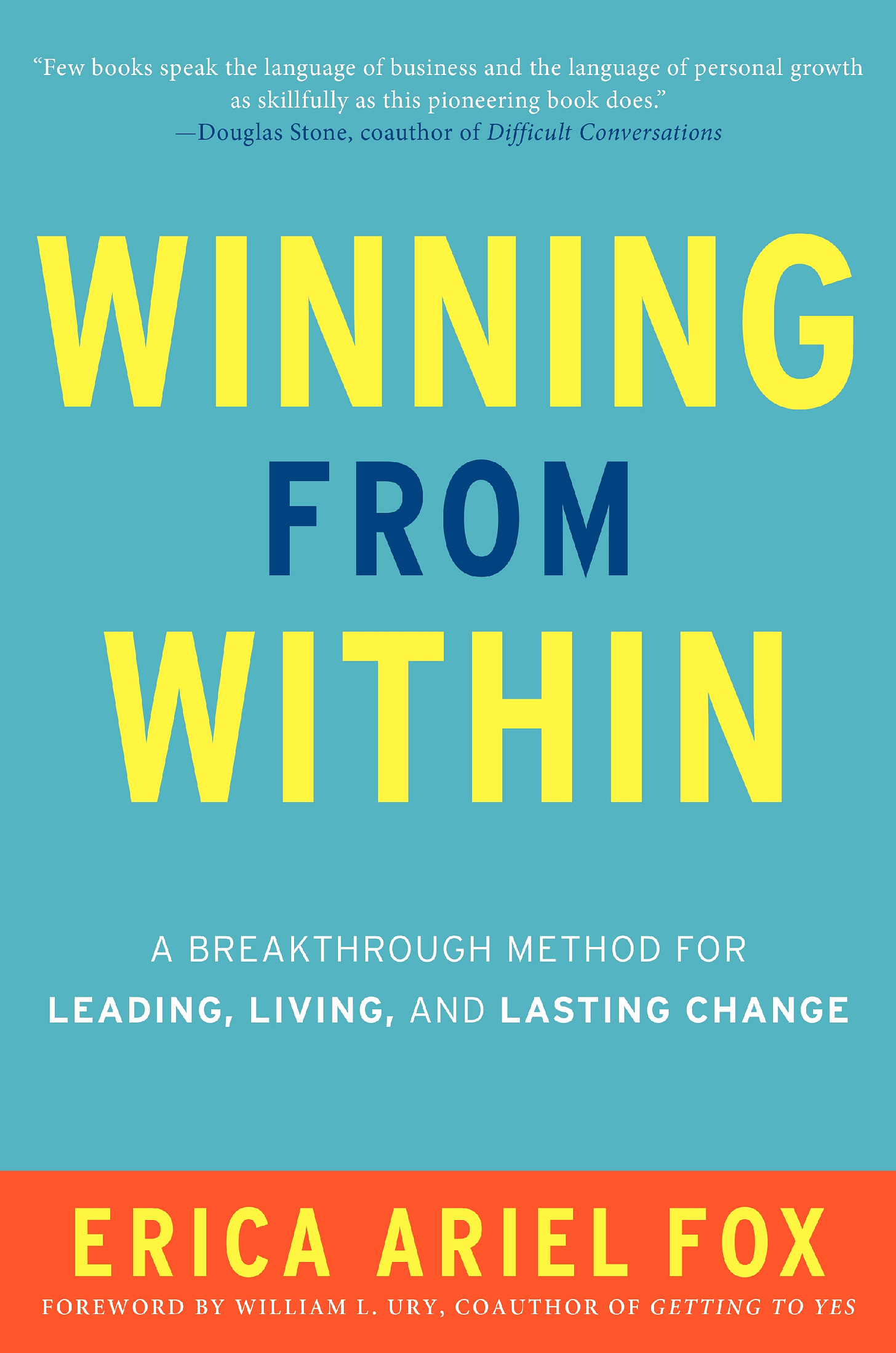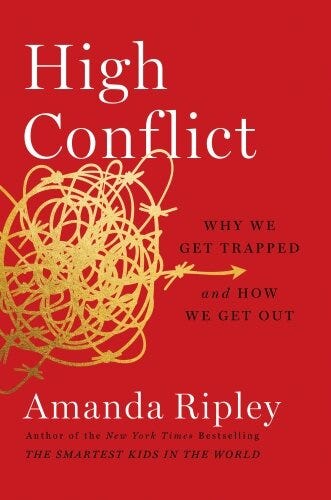Happy New Year!
I doubt many of us regret seeing 2021 slink into the past. 2021 taught us to conduct our business and personal lives without leaving our living rooms and have all our face-to-faces in 2D. Some of the behaviors forced on us turned out to have benefits—less travel, independence from time and geography, a more readily globalized marketplace, using less office space. Here’s hoping that in 2022 we can come out of our caves and resume interacting in person, learning to establish new and better ways of running our businesses, while keeping some of the wisdom we gained from rethinking our habits.
In this last post of the year, I’d like to mark some of the accomplishments you’ve shared and give you a preview of some of the things I’ll be writing about in 2022.
Congratulations
First, I want to offer my congratulations and respect to readers and clients for all that you have accomplished this year. I’ve had the privilege of being along with some of you for successful capital raises, some into the 8 figures. Some have grown your companies this year from a handful of people to a hundred. I’ve accompanied some on your journey 10x-ing your revenue. Many of you have established yourselves in new communities—New York, San Francisco, London, and Lisbon.
And all of you have shown resilience and grace under pressure as you’ve faced the novel challenges and opportunities of this second year of Covid.
My old friend Zach Coelius wrote one of my favorite quotes of 2021:
Being an entrepreneur is like meeting Mike Tyson in a dark alley.
He’s got a left hook in one hand and an ice cream cone in the other.
You never know which one’s going to hit you in the mouth.
May 2022 be all ice cream!
I want to also share some of what I’ve been reading and thinking about recently.
Resolutions
New Year’s is a traditional time for making resolutions. Changing oneself, how to gain self-awareness and improve, is one of the most frequent topics my clients and I delve into.
One of the most relevant pieces I found this year is a podcast on Hidden Brain. NPR journalist Shankar Vedantam interviewed USC psychologist Wendy Wood about ideas from her book “Good Habits, Bad Habits: The Science Of Making Positive Changes That Stick.”
Most of us believe we change using willpower and are motivated by long-term rewards and losses. Wood turns this view on its head. Her research shows how change comes through forming or breaking habits, and is driven by often trivial short-term rewards or losses, and how our adopting or breaking habits is gated by the presence or lack of simple friction.
This leads to fascinating hacks to behavior that can help us achieve the change we want but which we often find ourselves falling short of. Examples include blocking time in your morning schedule to cement a behavior you want to encourage in yourself, or using your non-dominant hand to perform habits you are trying to break.
Growth as a Leader
In “Winning from Within”, Erica Ariel Fox presents a framework for types of leadership skills, dividing them into Dreamer, Thinker, Warrior, and Lover. These archetypes correspond to founder roles like Visionary, Analyst, Operator, and Community Creator. Fox points out we start with 1 or 2 of these as our strong suit, but that to become great leaders we need to understand our blind spots and develop skills in the other roles as well. Her book provides exercises and guidance to assess ourselves and learn to strengthen areas in which we are weak.
Leader Growth 2: Scale
How do Elon Musk, Jeff Bezos, or your state governor lead differently from you? I’ve been using a framework for thinking of the scale of leadership based on the [log] size of the organization the leader directs. A first-degree manager, like a new startup CEO, heads a 10 person organization, an 8th-degree leader, like a US President, heads up several hundred million people.
Transitioning up the leadership scale demands we master different skills and techniques. These shift from specialized knowledge and execution towards communication, staffing, delegation, policy, and creating organizational structures. In upcoming posts, I’ll explore this with the guest help of accomplished leaders and thinkers.
High Conflict
Amanda Peabody’s book “High Conflict: Why We Get Trapped and How to Get Out” influenced me deeply. In it, she identifies High Conflict, a conflict in which the main goal has become not resolution or winning, but making the other side lose. An example would be a divorce in which a couple spends thousands of dollars on lawyers fighting over a toaster worth nowhere near that. Not because anyone wants the toaster, but because neither combatant can stomach the other getting it. The NYT has an entertaining review of the book.
Fox illustrates how even the most enlightened among us can be sucked into High Conflict when conditions are ripe for it. She recounts how the father of mediation, one of the most enlightened and successful practitioners of collaborative negotiation, Gary Friedman, got involved in small-town politics in Muir Beach, California, and ended up dividing the population of that idyllic haven into bitterly warring factions.
I’ll write more on this and on techniques to recognize and defuse situations in which High Conflict finds fertile ground later this year.
The High Cost of Optionality
This behavioral bias may not affect everyone, though it is behind one of the most common pitfalls for startup founders—lack of relentless focus and a loss of speedy and targeted execution. It definitely affects me.
As I am by nature and skillset an analyzer and optimizer, I often find myself stacking up options, especially when they don’t have immediate, obvious cost. I favor leaving doors open, postponing final decisions, keeping multiple plans in place when possible, cleverly giving myself possibilities for the future which I might want to take when sufficient data comes in.
I think my tendency to do this is the Engineer in my background wanting to make the right decision. I also see myself as having the capacity to cope with multiple realities at once, so I tend to prune alternatives late and feel like it’s the smart move.
At the same time, I realize I’m often bogged down by the cognitive and downstream costs of keeping options open. If I have two reservations for different days of travel, my later travel and hotel plan become way more complicated. The holds on those reservations create a complex exponential branching of halfway committed obligations and plans. Keeping all the balls in the air is exhausting!
This of course applies to decisions about product roadmap, markets, partnerships, hiring, and everything that goes into being an entrepreneur.
I’m also keenly aware that the most successful (and the most fun) founders I have worked with tend to do the opposite, making decisions quickly and, to my mind, almost arbitrarily, discarding options and not looking back.
My New Year’s resolution is then to work on not being seduced by apparently low-cost options and reject them lightly. I’m going to try to apply some of Wendy Wood’s hacks and I’ll report back next year. I’d love to hear your thoughts on this and incorporate them in an upcoming post—send me your comments.
Happy 2022!
Marc Meyer is a Silicon Valley technologist, founder (6 startups, 4 exits, 1 IPO), engineer, executive, investor, advisor, teacher, and coach. He has invested in and advised over 150 companies. He advises and works with accelerators and funds including Alchemist, 500 Startups, HBS Alumni Angels, and Berkeley SkyDeck, where he chairs the Advisor Committee. He has an Executive Coaching practice helping leaders navigate towards their greatest potential.







